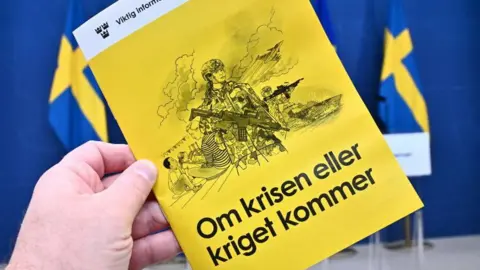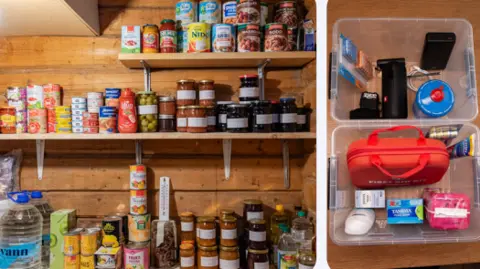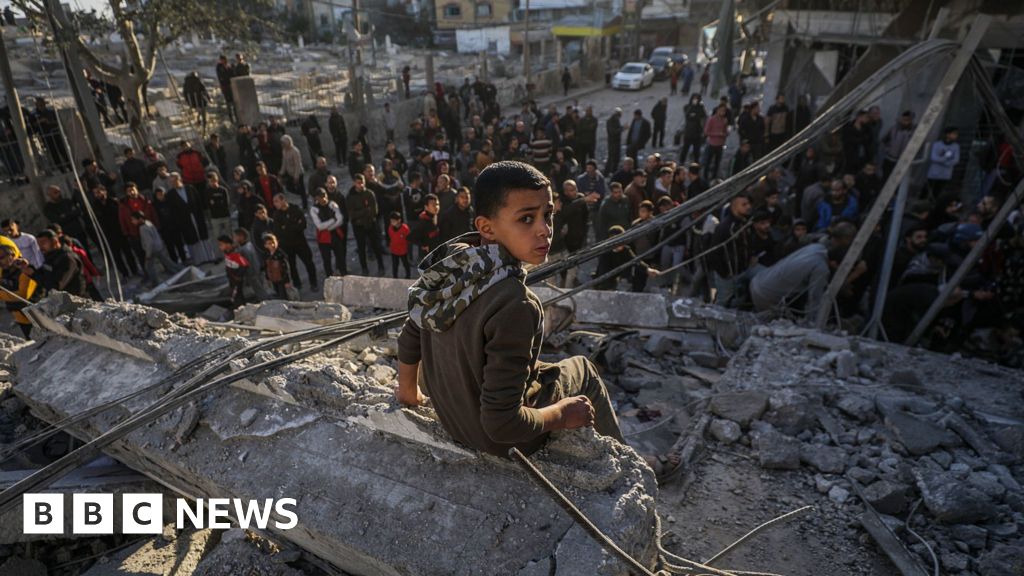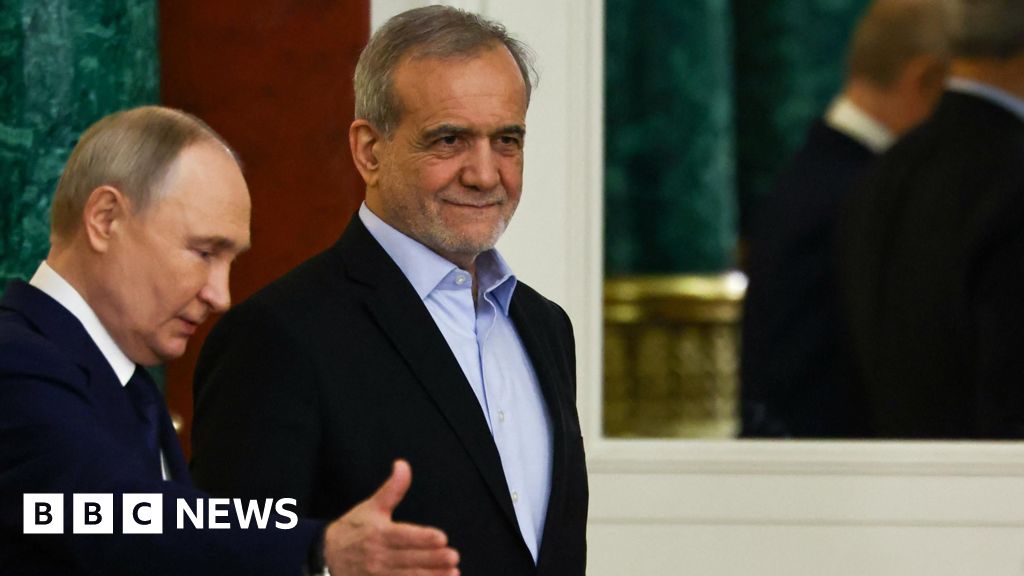ARTICLE AD BOX

 TT News Agency/AFP
TT News Agency/AFP
The new version of Sweden's pamphlet "If the crisis or war comes" will reach letterboxes from Monday
On Monday, millions of Swedes will start receiving copies of a pamphlet advising the population how to prepare and cope in the event of war or other unexpected crises.
“If crisis or war comes” has been updated from six years ago because of what the government in Stockholm calls the worsening security situation, by which it means Russia’s full-scale invasion of Ukraine. The booklet is also twice the size.
Neighbouring Finland has also just published its own fresh advice online on “preparing for incidents and crises”.
And Norwegians have also recently received a pamphlet urging them to be prepared to manage on their own for a week in the event of extreme weather, war and other threats.
In a detailed section on military conflict, the Finnish digital brochure explains how the government and president would respond in the event of an armed attack, stressing that Finland’s authorities are “well prepared for self defence”.
Sweden joined Nato only this year, deciding like Finland to apply after Moscow expanded its war in 2022. Norway was a founder member of the Western defensive alliance.
Unlike Sweden and Norway, the Helsinki government has decided not to print a copy for every home as it “would cost millions” and a digital version could be updated more easily.
“We have sent out 2.2 million paper copies, one for each household in Norway,” said Tore Kamfjord, who is responsible for the campaign of self-preparedness at the Norwegian Directorate for Civil Protection (DSB).

 sikkerhverdag.no
sikkerhverdag.no
Norway's checklist includes longlife food and medicines including iodine tablets
Included in the lists of items to be kept at home are long-life foods such as tins of beans, energy bars and pasta, and medicines including iodine tablets in case of a nuclear accident.
Oslo sent out an earlier version in 2018, but Kamfjord said climate change and more extreme weather events such as floods and landslides had brought increased risks.
For Swedes, the idea of a civil emergency booklet is nothing new. The first edition of “If War Comes” was produced during World War Two and it was updated during the Cold War.
But one message has been moved up from the middle of the booklet: “If Sweden is attacked by another country, we will never give up. All information to the effect that resistance is to cease is false.”
It was not long ago that Finland and Sweden were still neutral states, although their infrastructure and “total defence system” date back to the Cold War.

 Getty Images
Getty Images
Carl-Oskar Bohlin presented the pamphlet last month
Sweden’s Civil Defence Minister Carl-Oskar Bohlin said last month that as the global context had changed, information to Swedish households had to reflect the changes too.
Earlier this year he warned that “there could be war in Sweden”, although that was seen as a wake-up call because he felt that moves towards rebuilding that “total defence” were progressing too slowly.
Because of its long border with Russia and its experience of war with the Soviet Union in World War Two, Finland has always maintained a high level of defence. Sweden, however, scaled down its infrastructure and only in recent years started gearing up again.
“From the Finnish perspective, this is a bit strange,” according to Ilmari Kaihko, associate professor of war studies at the Swedish Defence University. “[Finland] never forgot that war is a possibility, whereas in Sweden, people had to be shaken up a bit to understand that this can actually happen," says Kaihko, who's from Finland.
Melissa Eve Ajosmaki, 24, who is originally from Finland but studies in Gothenburg, says she felt more worried when the war broke out in Ukraine. “Now I feel less worried but I still have the thought at the back of my head on what I should do if there was a war. Especially as I have my family back in Finland."
The guides include instructions on what to do in case of several scenarios and ask citizens to make sure they can fend for themselves, at least initially, in case of a crisis situation.
Finns are asked how they would cope without power for days on end with winter temperatures as low as -20C.
Their checklist also includes iodine tablets, as well as easy-to-cook food, pet food and a backup power supply.
The Swedish checklist recommends potatoes, cabbage, carrots and eggs along with tins of bolognese sauce and prepared blueberry and rosehip soup.
Swedish Economist Ingemar Gustafsson, 67, recalls receiving previous versions of the pamphlet: “I'm not that worried about the whole thing so I take it pretty calmly. It's good that we get information about how we should act and how we should prepare, but it's not like I have all those preparations at home”.
One of the most important recommendations is to keep enough food and drinking water for 72 hours.
But Ilmari Kaihko wonders whether that is practical for everyone.
“Where do you stash it if you have a big family living in a small apartment?”

 1 month ago
9
1 month ago
9








 English (US) ·
English (US) ·